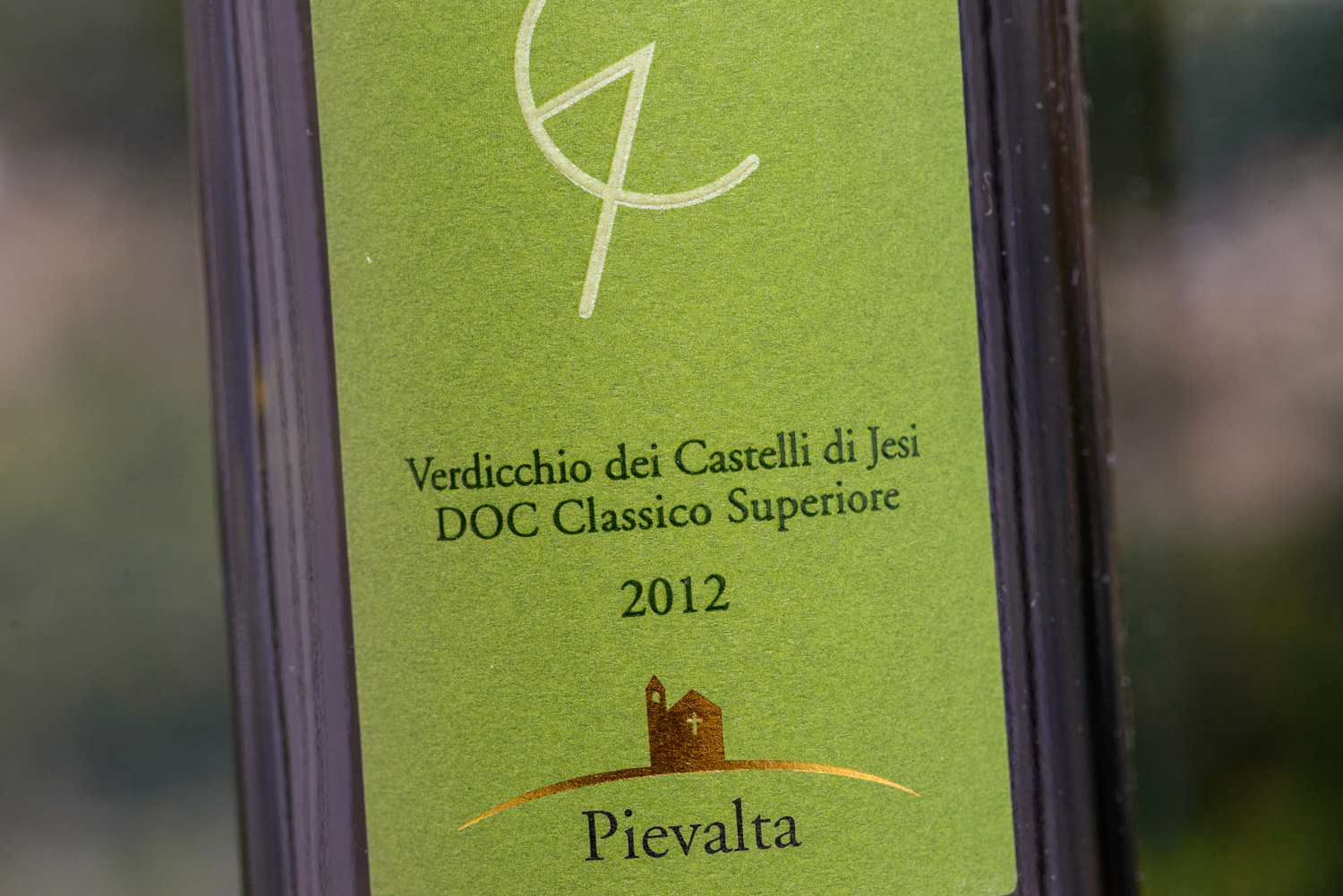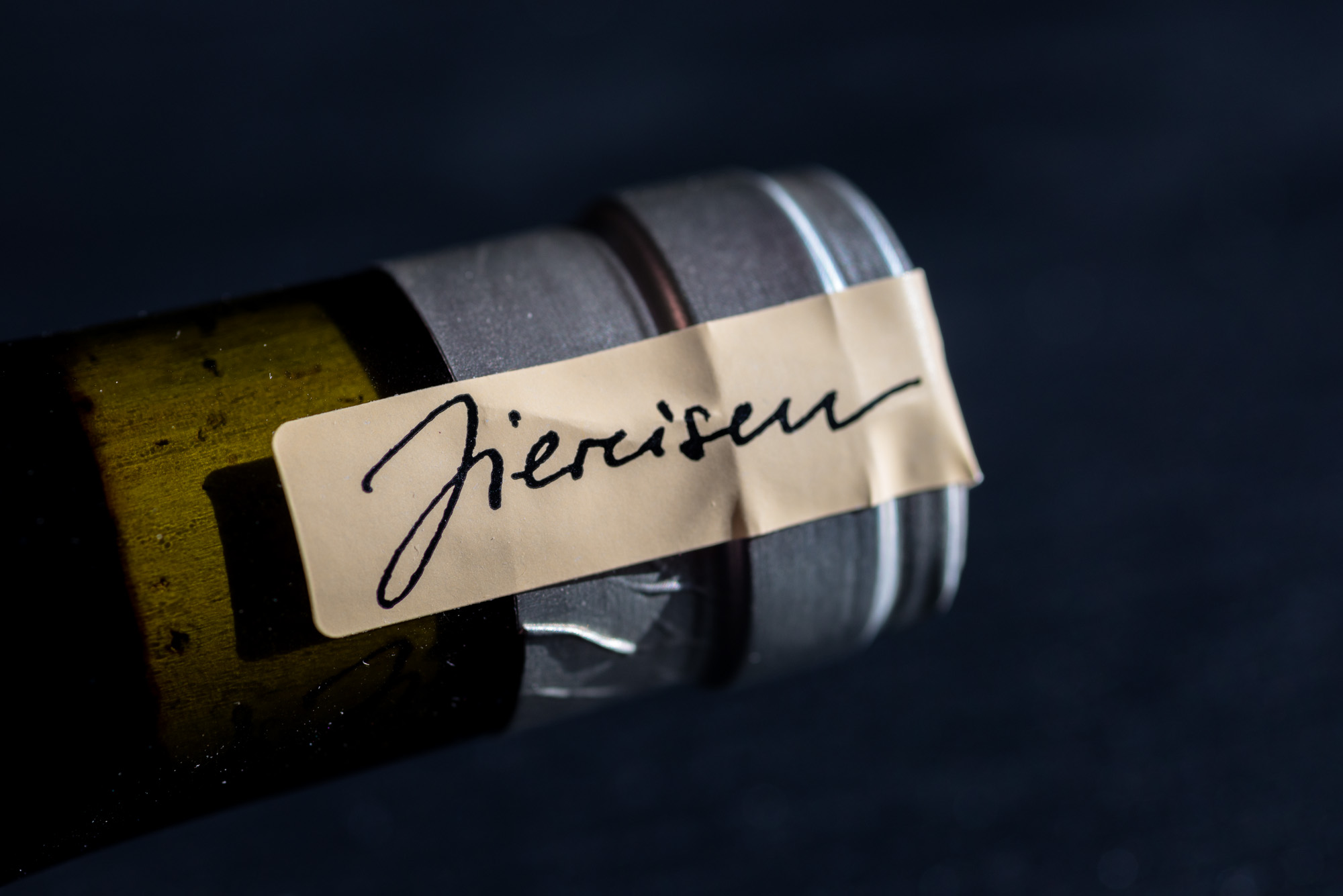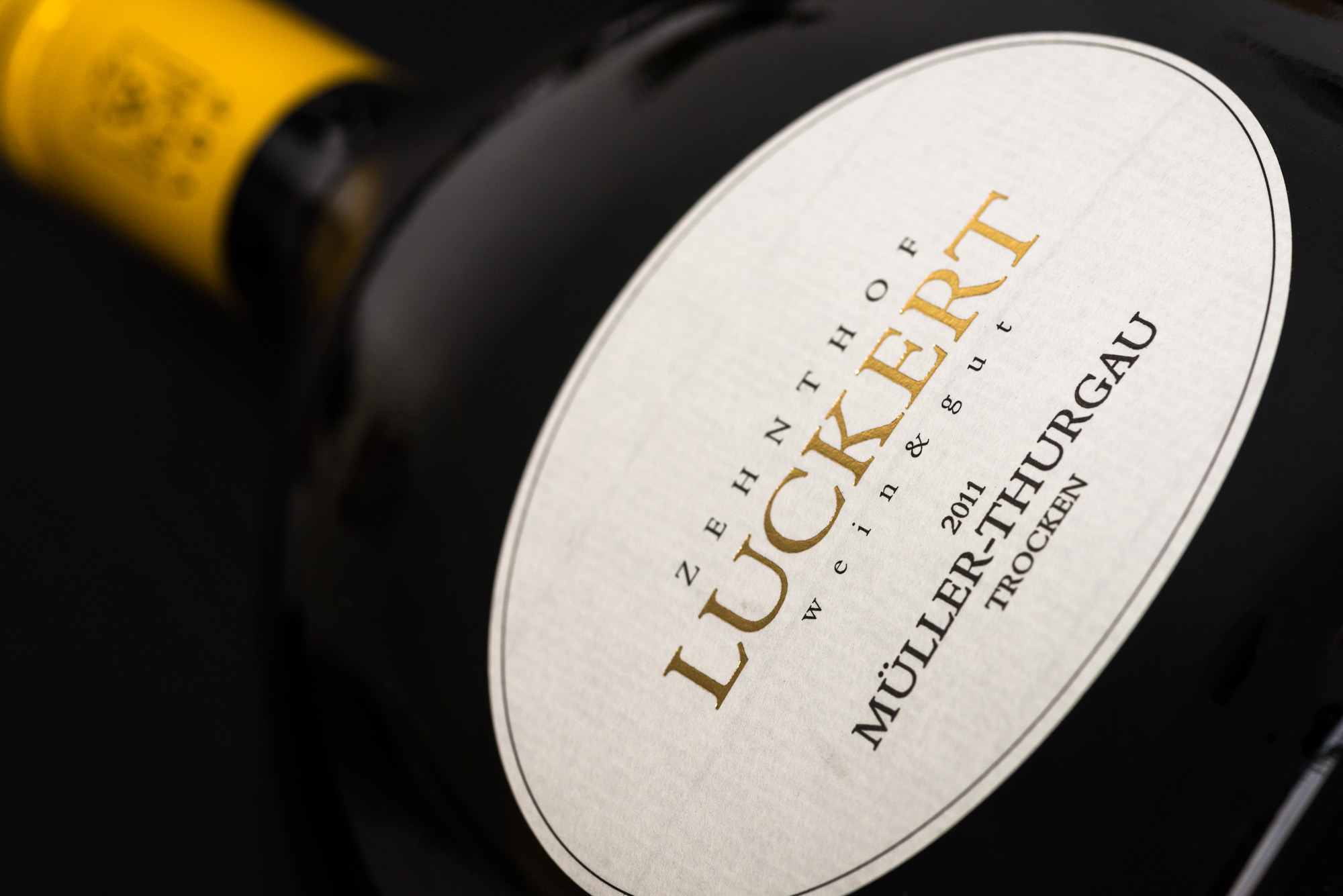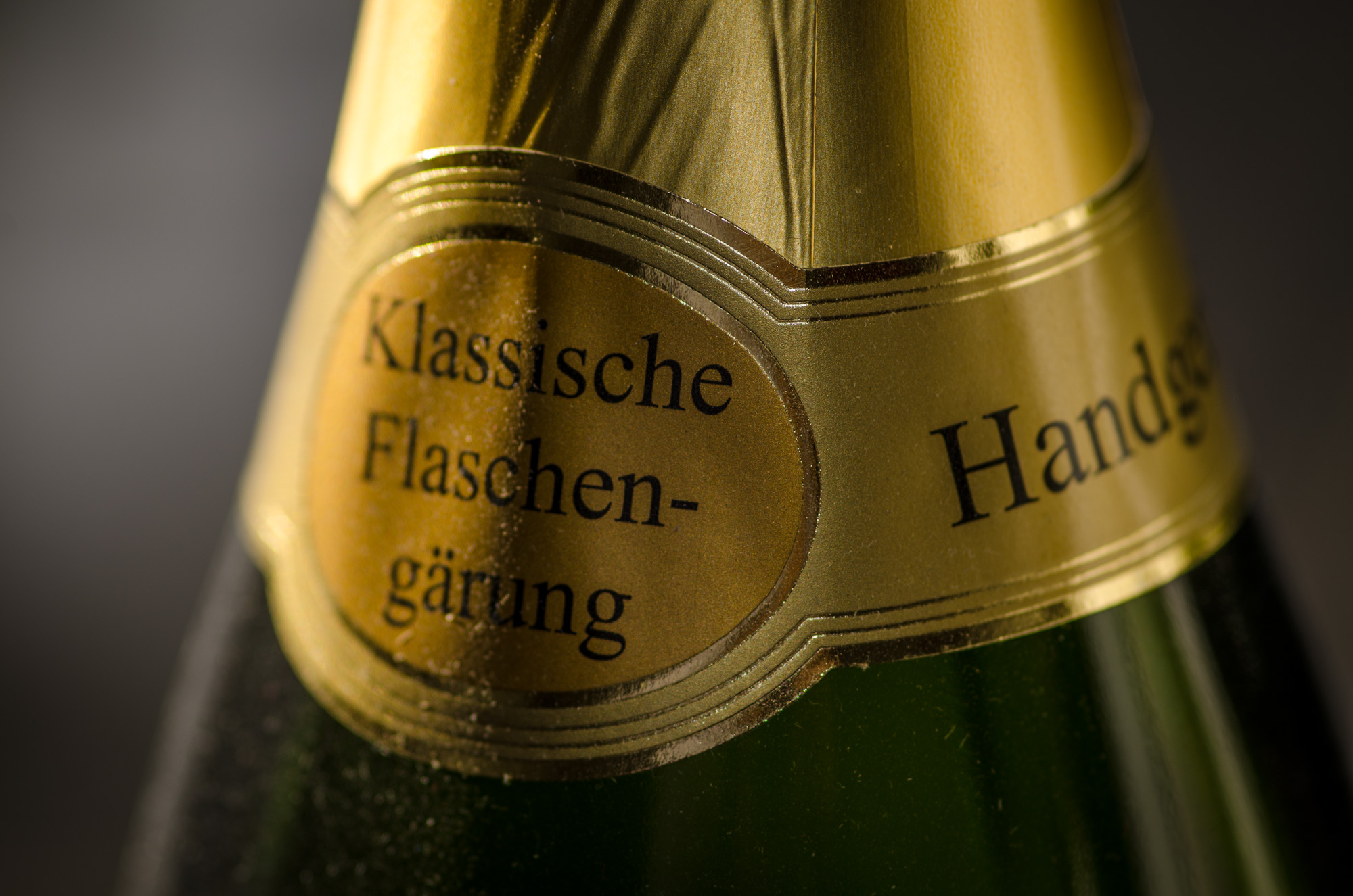Pievalta, Verdicchio dei Castelli di Jesi, Classico Superiore, 2012
Sometimes it is about the simple pleasures. When I first got really excited about wine I was drawn to the more expensive, prestigious wines. The average price I paid per bottle started creeping up. Looking for something "unusual" for the Wine Rambler contributed to this trend. Over time though I got a little frustrated with this approach. After all, all these "special" bottles need "special" attention. They want to be carefully selected, properly photographed, precisely analysed and interestingly described. What happened to just enjoying a nice looking bottle with dinner without feeling the need to pay too much attention? This feeling led me to order more "drinking" and less "reviewing" wines, and recently I even managed to put an order in where the average price per bottle was below seven quid.

The wine you see above is one of these wines, although I put a little more effort into selecting it. After all tradition dictates that the first wine to be reviewed on the Wine Rambler each year does not come from Germany.









